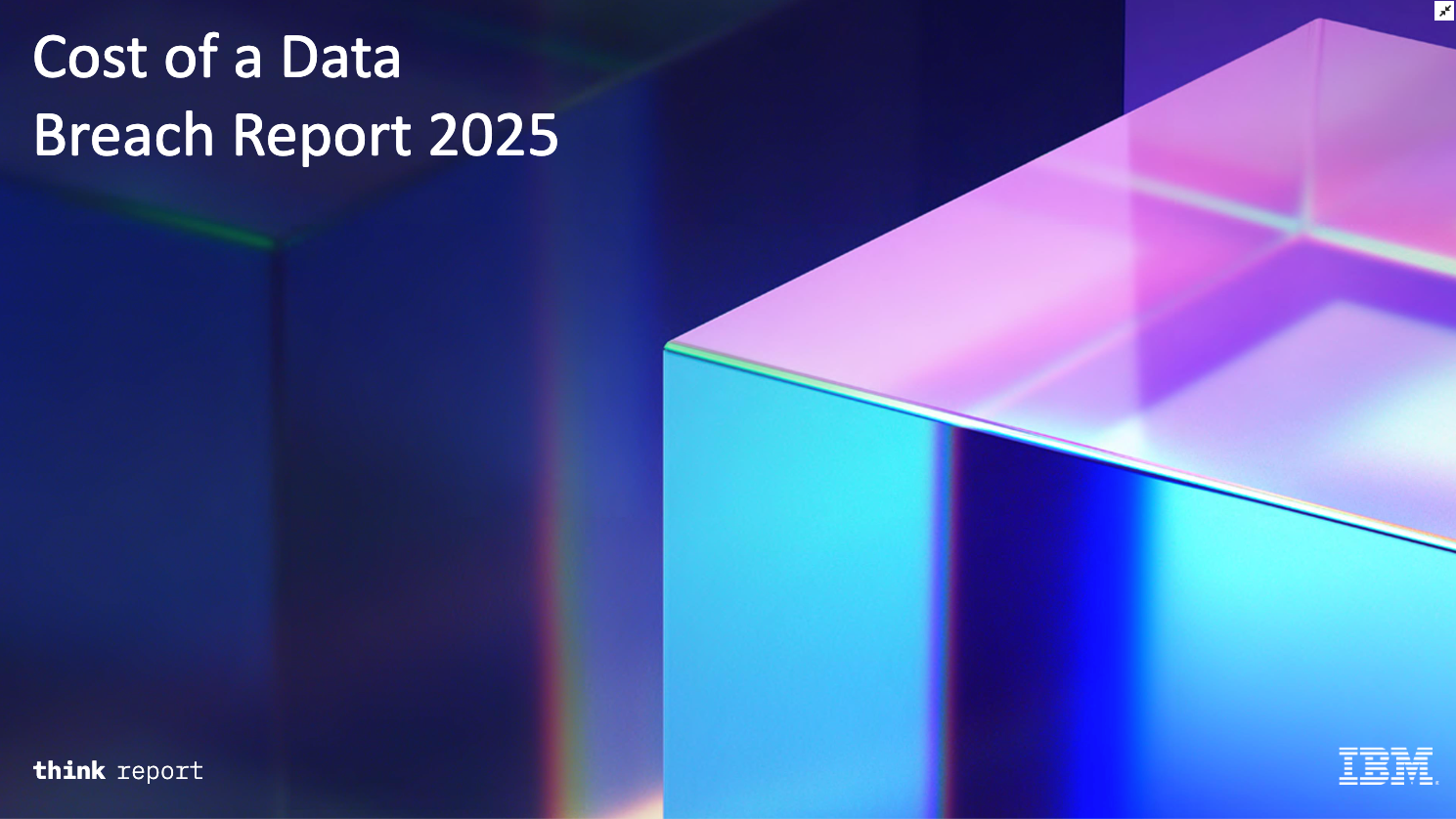Reclaiming Value from the Cloud: Smart Spending Starts with Visibility
Optimizing cloud spend is a priority for organizations of all sizes. Without proactive management, on-demand resources can unexpectedly inflate monthly bills, leading to unnecessary expenses. In a recent webinar, Access Point’s CIO Anthony Rivera and Director of Infrastructure Services Kevin Hartwig, shared their expertise on practical ways to control and reduce cloud costs. In this article, we share some of their insights.













